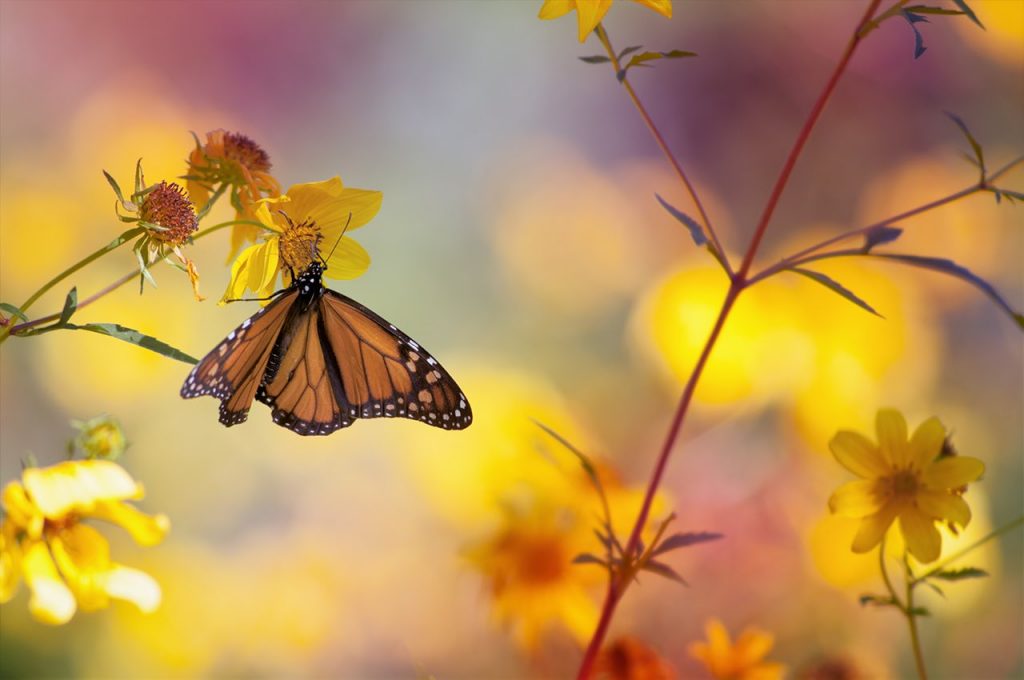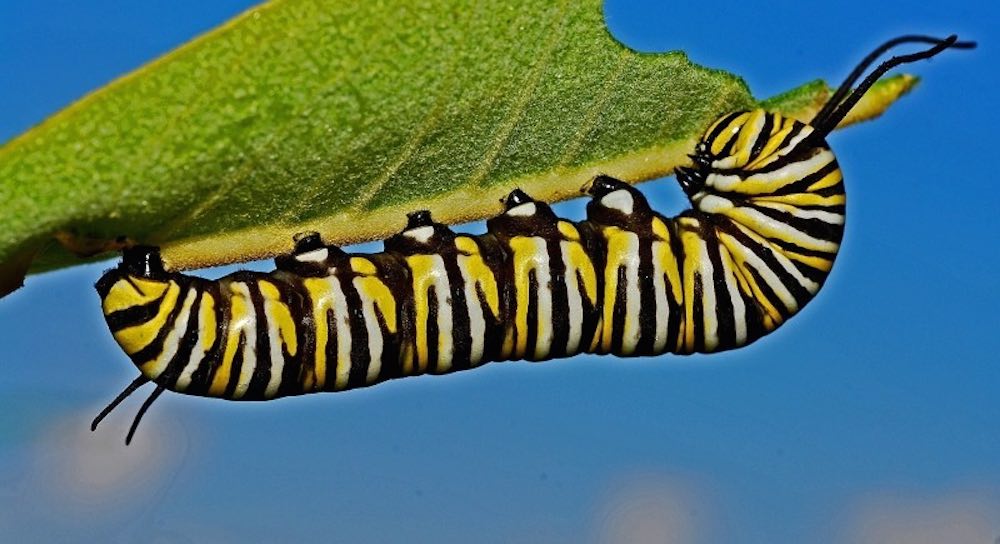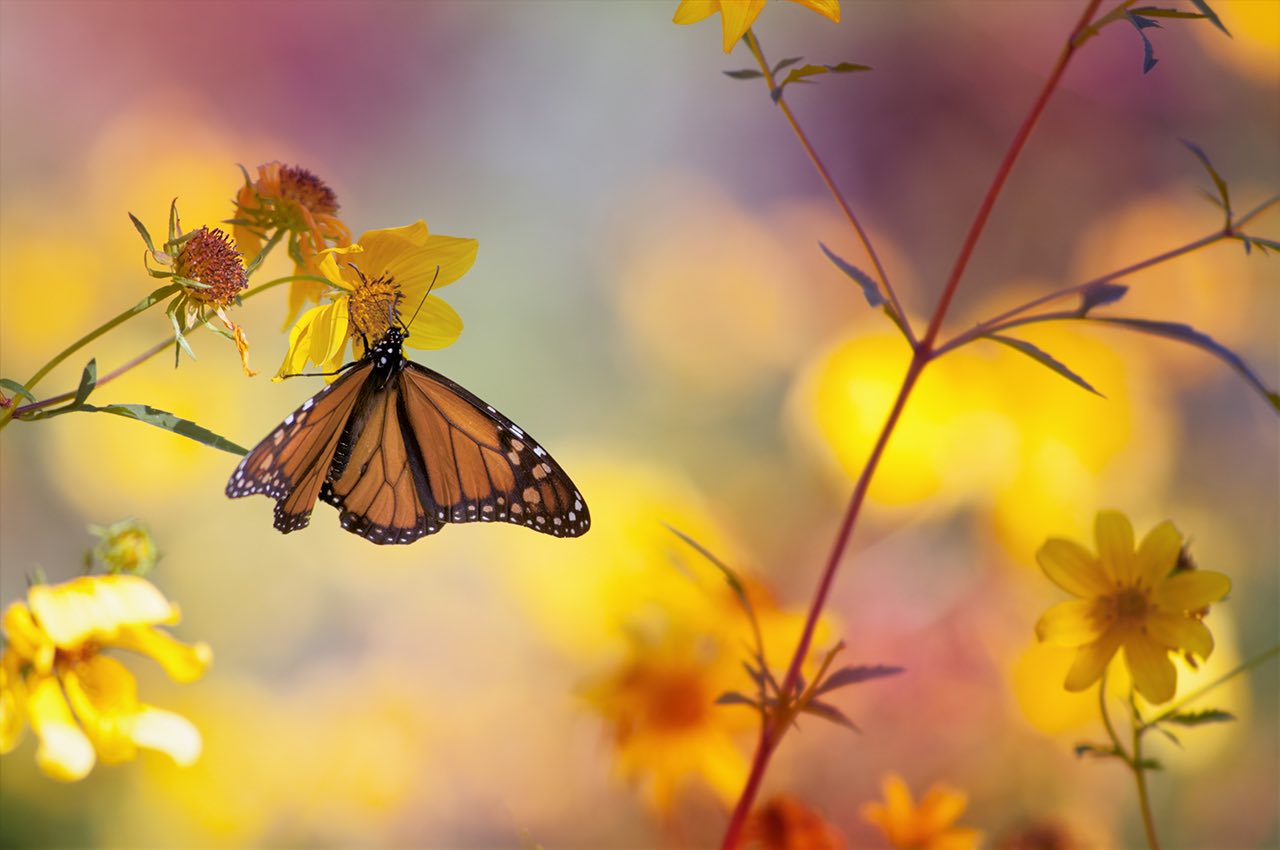A keystone species is one which disproportionately affects a particular ecosystem’s plants and animals. Organizing your garden around native keystone species can ensure that you’re bringing your piece of Earth in line with the plants and animals around you.

Conservationists use the designation of keystone species when trying to raise awareness or money for a species they’re trying to protect. Marine examples of this are whales, krill, and seagrass, while terrestrial species could include tigers, oaks, and monarch butterflies.
If keystone species disappear, food webs can be fragmented. If they’re protected, the system flourishes. In order to protect tigers, entire ecosystems have to be preserved as a whole, ensuring thousands of species remain undisturbed. Thus the tiger becomes the ‘keystone’ by which the ecosystem stays intact.
Many of us will be familiar with the plight of America’s bee populations, as well as guides about planting bee-friendly flowers in our gardens. However, all kinds of insect species affect the local ecosystem, and native keystone plants will help support them.
Two such insects are moths and butterflies, whose offspring in the form of caterpillars provide more for the forest and field than you might imagine.
The butterfly effect
Without pollinators, humans and most other animals would perish in short order. As pollinator habitat becomes fragmented around civilization, planting a native pollinator-friendly garden can offer them little oases of food and shelter.

In the Mid-Atlantic region, species like goldenrod, wild strawberry, wild sunflowers, and violets attract 30 or more species of moths and butterflies alone—two of the most important pollinating insects.
MORE: Scientists Develop New Houseplant That Cleanses Your Home of the Worst Chemicals in the Air
In the Southwest, those first three plant species can be good to add to a garden, but desert dwellers like sagebrush, wormwood, and trefoil also attract more than 30 kinds of moth and butterfly.
There are online resources you can use to find native species, and one that’s still in beta-testing gives you the number of butterfly and moth species that use various plants to host their caterpillars.
North America’s more than 14,000 species of caterpillars are quite influential on ecosystems, since being pollinators they help plants reproduce, but they also provide a staple food source for many birds.
CHECK OUT: How and Why to Start a Compost Pile at Home – The Benefits of ‘Black Gold’
In fact, one study showed that caterpillars transfer more energy from the plant kingdom to the animal kingdom than all other herbivores combined.
Another study showed that 90% of all caterpillar diversity is centered around just 14% of plant species: the five largest contributors are keystone trees (which you should plant).
They are oaks, willows, cherries/plums/peaches, (prunus), pines, and then populus, such as poplars, aspens, and cottonwoods.
On the other side of the weight distribution, trees support far more species than shrubs and flowers, but non-native ornamental trees like crape myrtles, gingko, or other trees from China often support between 0-3 species of caterpillars, and therefore won’t be selected by birds during nesting season.
RELATED: Want to Fight Air Pollution? New Study Says Planting Hedges is More Effective Than Planting Trees
Planting native keystone species that will bring in swarms of butterflies and moths really means you’re doing more than your part to help North American ecosystems, since they, and not only bees, really need it.
SHARE These Gardening Tips With Your Pals on Social Media…




















